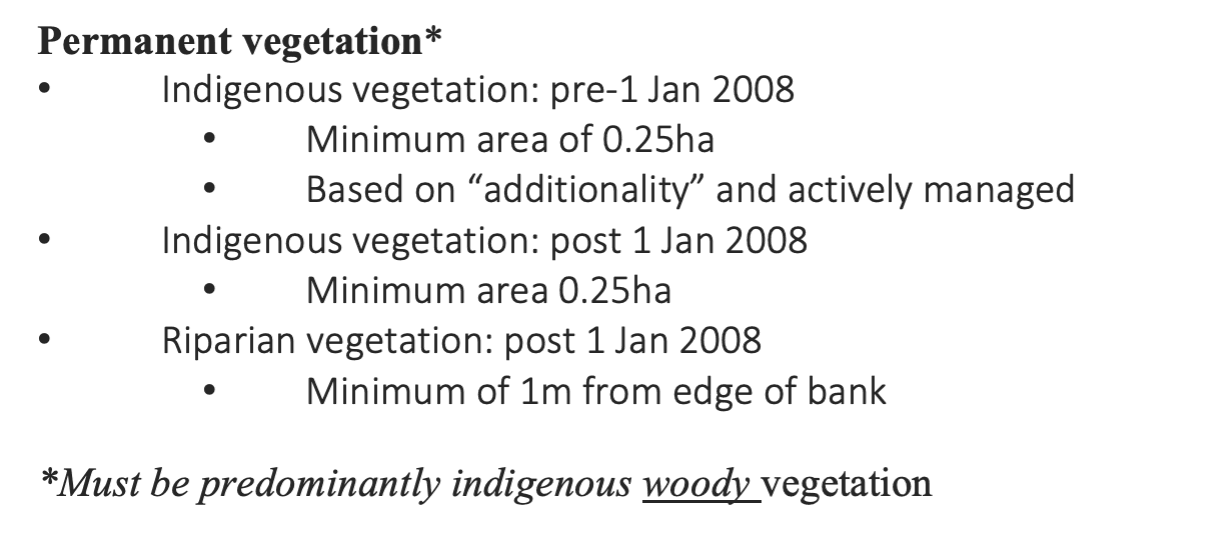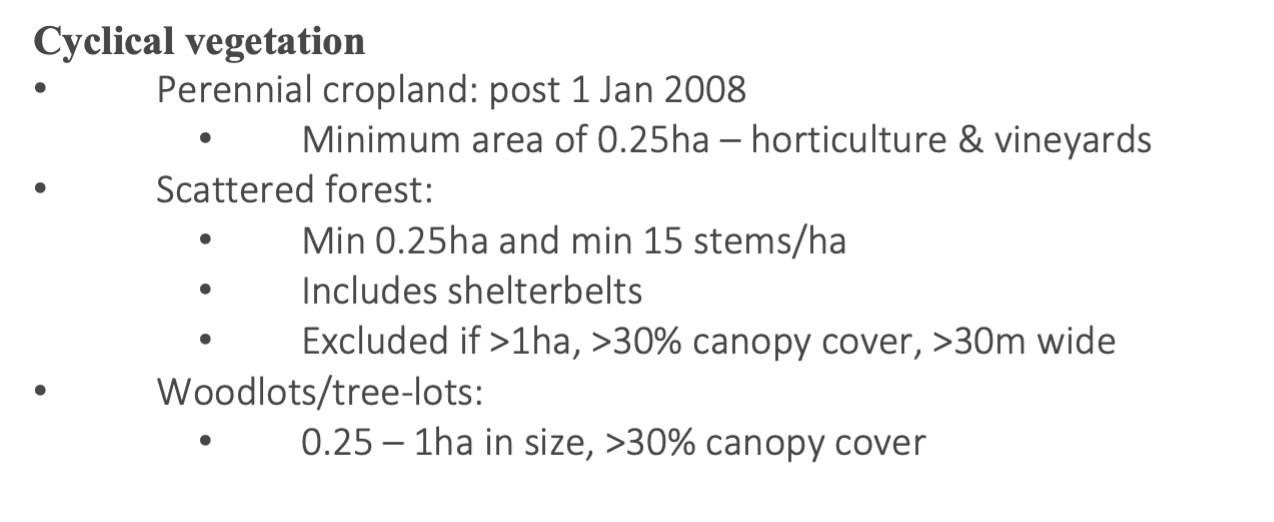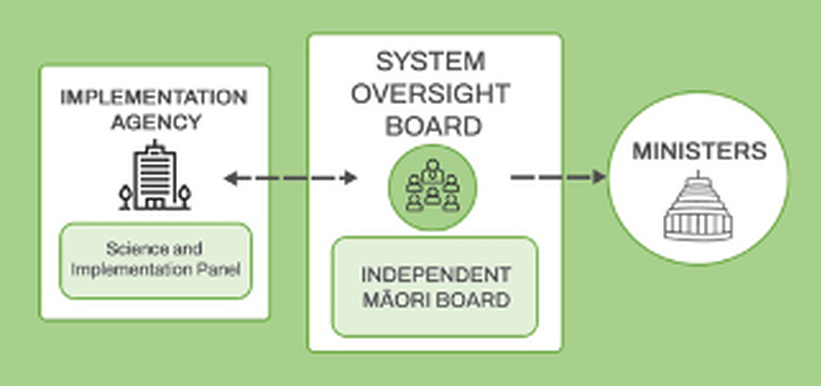He Waka Eke Noa – A summary of the proposal to Government Phil Journeaux, AgFirst
On-Farm Pricing Mechanism
The recommendation is for farms to do an annual “Greenhouse Gas (GHG) return” based on the following formula:
A + B - I – C
Where:
A = methane
B = nitrous oxide + CO2 from nitrogen fertiliser
I = reduction due to mitigations (e.g. inhibitors)
C = offset from forestry (both ETS (Emissions Trading Scheme) and He Waka Eke Noa (HWEN) forests)
This will be denominated in dollars; each component will be costed, and a net figure derived. The costing around use of mitigations is yet to be determined.
Pricing
There will be a different price for methane and nitrous oxide:
- Methane will be priced on a per kg methane (CH4) basis. The indicative HWEN price is 11c/kg from 2025 to 2027, then rising to 17-35c/kg by 2030.
- Nitrous oxide and CO2 from nitrogen fertiliser will be priced on a per tonne of CO2 equivalent. Indicative price for 2025 is $4.25/T, rising to $13.80/T by 2030.
- HWEN have suggested that the prices are not related to the ETS price but are set by the System Oversight Board and are reviewed every 3 years.
Sequestration
The proposal to government is to broaden out the definition of a “forest” compared to the ETS definition:


- Sequestration rates are yet to be set – these will be provided by a look-up table approach
- Based on annual sequestration amount – “actively managed” = stock excluded
- Cyclical forestry – farms can claim for forests planted between 1 January 1990 & 1 January 2008, if they can prove this.
- Cyclical forestry sequestration/payment will be based on the averaging scheme.
- Price set at 75-90% of the ETS price, to be reviewed annually
Carbon sequestered via an HWEN forest cannot be sold as per carbon sequestered from an ETS forest. But it can be traded within a “collective” – this is a grouping of farmers which could be based on a discussion group, or a catchment group, or just a group who decide to work together, or farms within a family group.
Farms can have both ETS and HWEN forests on them. If you have planted a native forest since 1990, you are better off in the ETS.
Definition of a Farm
All farms that meet one or more of the criteria below will need to provide a GHG return:
- 550 or more stock units
- 50 or more dairy cattle
- 700 or more pigs
- 50,000 or more poultry
- Apply more than 40T of N via synthetic N fertiliser
The Bureaucracy
Revenue from the levy will:
- Be invested back into the primary sector – key targets are research & development and extension
- Dedicated fund for Māori landowners
- Need to cover some of the administration costs (Govt. covers the rest)
General
- The government will decide on the HWEN proposals by the end of 2022. They can accept them wholly or in part. If they reject the proposal, farming will go into the ETS.
- Knowing your GHG emission number will give an idea of the levy likely in 2025. This needs to be split into CH4, N2O, and CO2 from nitrogen fertiliser (which all calculators show), and then the above indicative prices must be used.
- The Climate Change Commission in their recent report noted that:
- The HWEN process was broadly on track
- Nitrogen fertiliser be taxed at the processor level, not at the farm level; and
- They did not support the HWEN sequestration proposals




